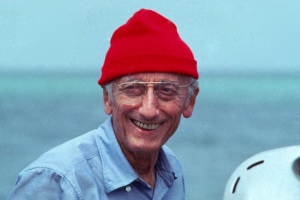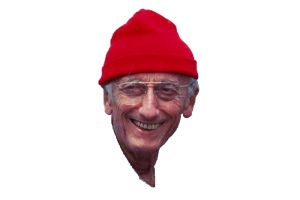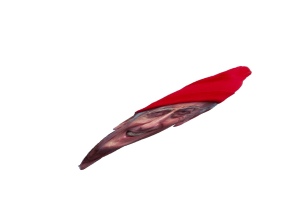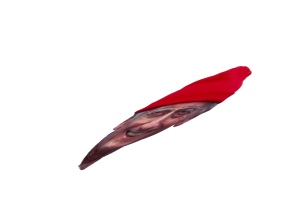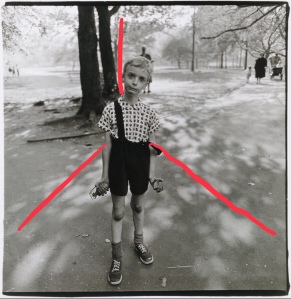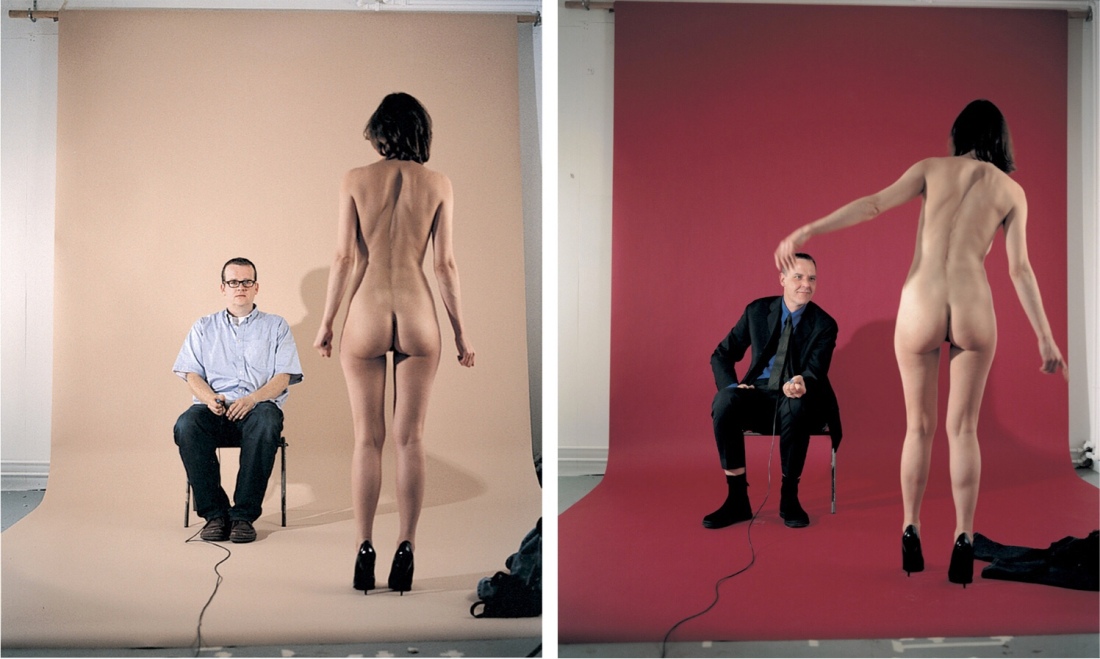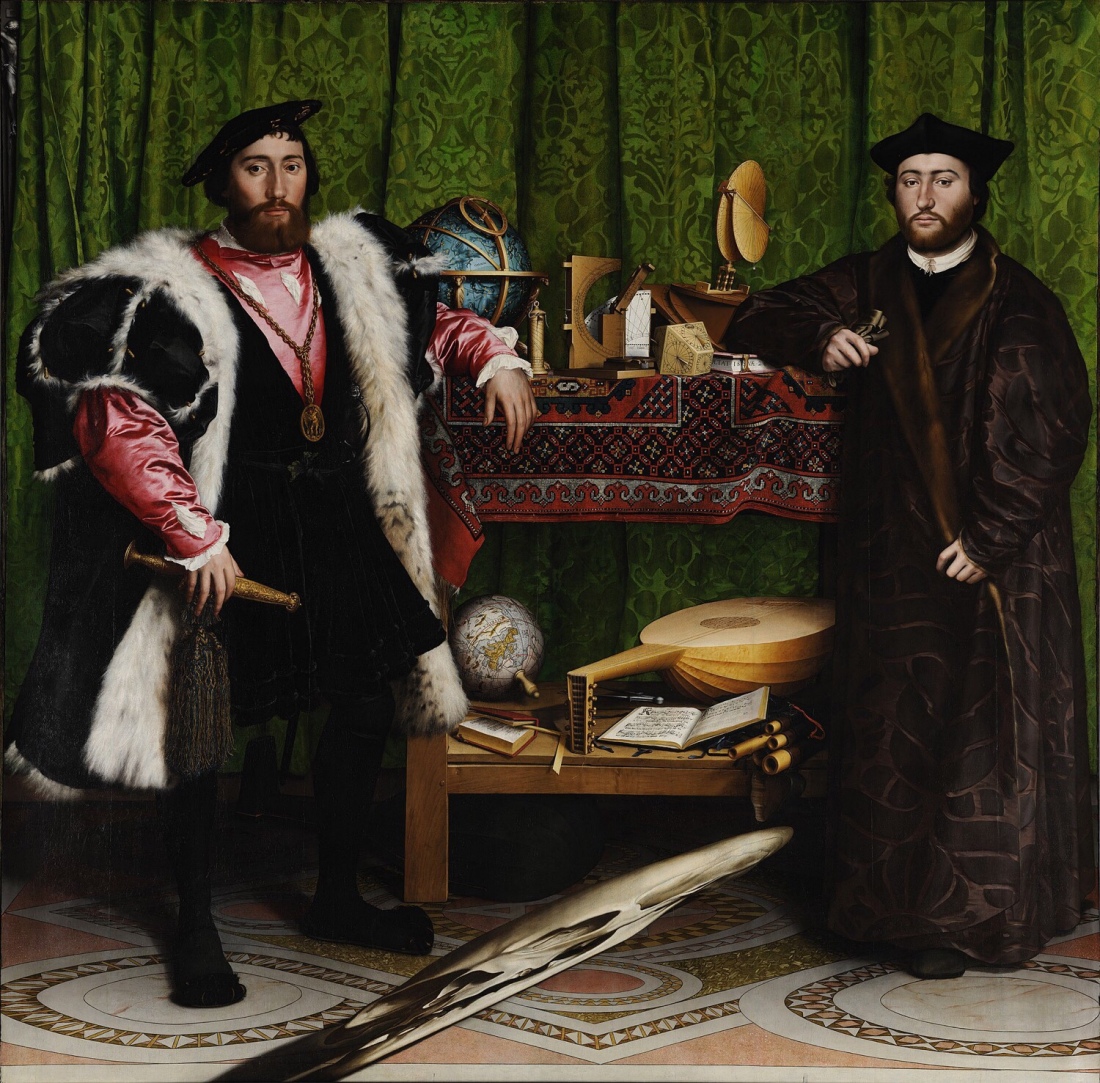 I have always been fascinated by Holbein’s painting “The Ambassadors”(1). The detail within it is spellbinding. I wanted to respond to this assignment by creating a photo inspired by this great painting. Doing this will allow me to compare photography with painting. Photography draws with light, whilst painting reflects light.
I have always been fascinated by Holbein’s painting “The Ambassadors”(1). The detail within it is spellbinding. I wanted to respond to this assignment by creating a photo inspired by this great painting. Doing this will allow me to compare photography with painting. Photography draws with light, whilst painting reflects light.
I looked at the painting in great detail considering the things within it. John Berger(2) says in Ways of seeing, “although its painted images are two-dimensional, its potential of illusion is far greater than that of sculpture, for it can suggest objects possessing colour, texture and temperature…”
Roland Barthes(3) talks about studium in Camera Lucida. He talks about the cultural things in pictures, gestures and enthusiastic commitment. Artists place things to give meaning. Then the viewer must reverse this meaning by looking and thinking. This influenced my thinking greatly in creating my picture.
Adding Punctum or a point of focus or the main thing. I wanted the clock to be the punctum. Time is invaluable and I am unsure I have the time do all I want to.
The Ambassadors reminds us of our mortality, these men have fine things and title but death sits at their feet waiting. It is a work of Vanitas, a painting that shows the transience of life, no amount of
wealth will protect you from the inevitable.
I set about making notes to help me “construct this image. I would need to be in it even though I hate being in a photograph. My work must show my interest in travel. It will be influenced by Holbein’s painting.
To see my research for this photograph please look here:
https://michaelgreencandn.wordpress.com/2018/04/27/research-for-assignment-5-2/
My research led me to Parr/Meadows(4) work in Salford, called June Street, this work shows families in their living rooms with texture and symbols. The lines in the corner give depth to the shot.
I examined Chauncey Hare (5) and his work “Protest Pictures” this must have influenced Parr and Meadows. With the same shape in the corner of the rooms shown in a lot of the pictures, the stark surroundings are very different though.
Next I looked at Susan Brights(6) “Autofocus” This work takes formal portraiture to a new level, through colour and eccentricity. The book is by a collective of photographers.
Dianne Arbus(7) captured a “Child with a hand grenade”. The light forms the stage, the child’s confident pose and gaze straight out to the viewer reminded me of “The Ambassadors.
Dita Pepes(8) work in which she plays all the female characters. fooled me into seeing each character as a different person. Not realising what I was seeing until later. Fantastic work! The colour in this work is vibrant and strong. The work uses colour textures and symbols to tell each characters story.
Jemima Stelhis(9) work “The Strip”, is different, Stripped of the lavish surroundings but with the same feel due to vibrant colour and the placement of the people. Interesting how the dressed man (the voyeur) looks at the naked woman (The object). Neither look out as they do in the Ambassadors. The voyeur not Stehli has and uses a wired remote. So control of the moment is the voyeurs. I considered showing my remote but decided it added nothing to my work.
Finally I found Maureen Paley(10), her work has stripped even the humans from her work. However she has the same feeling using colour and sumptuous shapes to give her sets the same feeling as Holbein’s painting. This work has been paired down to the minimum but is filled with colour and texture.
In my photo I wanted texture, substance and form. When I started my travels my father said “you have the whole world in your hands”. This was an important step in me taking my first adventures. So the globe must be included. The Panda represented the struggle all animals on the planet face. A bust of Shackleton who is my favourite leader. The Sharks Jaw to represent my fears of the things in the sea. The compass to point my way home. The clock shows we only have finite time to do what we want. (Whatever that is).
The Tartan is the Antarctic Tartan, the Sea Horse inspired my diving career. In Celtic art it represents a patient traveller, travelling through choppy waters, very apt.
In the Painting both subjects stance shows confidence in their beliefs. I tried to mirror their stance but not their beliefs.
20+ exposures later I finished practising the stance with the right light. I used Flash I mounted it on the camera after trying various positions. I used a diffuser with flash at 1/4 power to avoid over exposure. The camera was set at chest height, as it was in the painting. A tripod helped maintain a stable position. Remote to give me time to get into position.
My camera was set to 40mm, F2.8 100/s iso100.
Photoshop mix merged the two photos so I appear twice giving balance..
Having read, “that’smaths page” about creating an anamorphic skull. Using the described procedure I created an anamorphic Skull but substituted Jacques Cousteau who had influenced me with his work in the 1960s.
The photo shows the gap between photography and painting. Holbein could rework or change his work over a long period. Photography takes a fraction of a second and captures what is in front of the lens. Editing can only be limited to changes within the RAW algorithm. Where Holbein could take his time, add detail and change things at will. My startled look can’t be changed, Holbein could paint over it.
I enjoyed the research for this picture. Looking and thinking about the props was great fun.
This assignment has given me a greater appreciation of Holbein’s masterpiece. However the photographer is also an artist, with lots to consider but with less time to get it right.
(1)Hans Holbein. 1535. The Ambassadors. The National Gallery London.:
(2)John Berger. 1970. Ways of Seeing.. London: Penguin.
(3)Barthes, R. and Howard, R. (2006). Camera lucida. New York, NY: Hill and Wang [u.a.].
(4)Martin Parr & Daniel Meadows. 1973. Sun Street Salford. The Hyman Collection.: British Photography.
(5)Chauncey Hare. 12/10/2009. Protest Pictures. 1st ed. Steidl.
(6)Susan Bright. 2005. Auto Focus. Paris/New York: Monacelli Press 2010.
(7)Dianne Arbus. 1962. Child with a toy Hand Grenade.. New York.: National Galleries Scotland
(8)Dita Pepe. 1999 start-ongoing.. Self Portrait with men/(7)Jemima Stihl. 2000. The Strip.. Tate Gallery: Tate Gallery
(9)Jemima Stelhi. 1990-2000. The Strip. Tate Modern. 2010.
(10)Maureen Paley. 2000. Falling and Walking (phhhhhhhhhhh phossshhhhh crrhhhhzzz mn huaooogh), (detail). Art Night, London.: Contemporary Art Society.n
Contact Sheets.
 ,
, o
o
 ‘
‘



